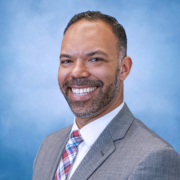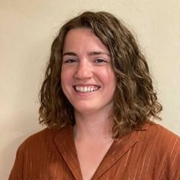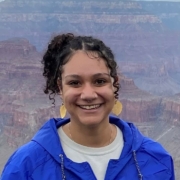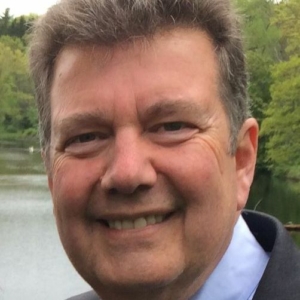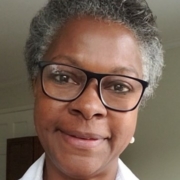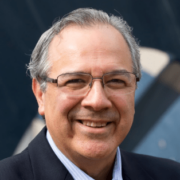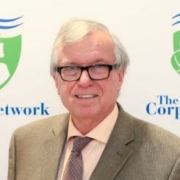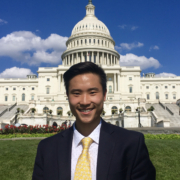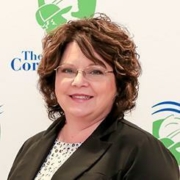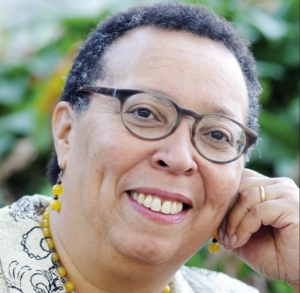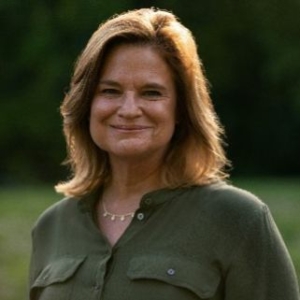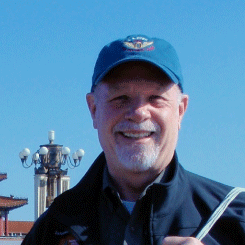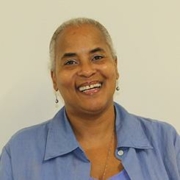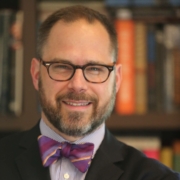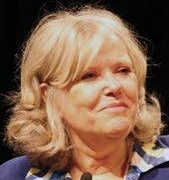
Article, written by Nick Chiles, appears in the Atlantic Blackstar. Published July 25, 2014.
ATLANTA — As soon as Dominique Robinson set foot in the garden earlier this week with the rest of her training crew, vivid childhood memories came rushing back to her from the hot summers she spent toiling away on her grandmother’s farm and garden in North Carolina.
Robinson wasn’t even aware of it at the time, but those long-ago summers may have been prepping her for an environmental career.
Now Robinson, 28, is part of the first class of the Greening Youth Foundation’s Urban Conservation Training Institute. The creation of the institute may be a game-changer for youth in neighborhoods like Atlanta’s Old Fourth Ward and the West Side, introducing them to new careers and changing the way they look at the world.
Sitting in a classroom in the historic West End for the next six weeks, Robinson will be absorbing reams of information on key concepts such as conservation, maintenance, urban farming, construction—even how to extinguish forest fires.
After the 14 young people in the first class finish the training in early September, the class will be divided according to their home communities. The Old Fourth Ward crew will experience the thrill of restoring buildings at a key American landmark—the Martin Luther King Jr. National Historical Site in Atlanta.
Working with the National Trust for Historic Preservation on a project funded by the National Park Service, the group will painstakingly restore the “shotgun homes” directly across the street from King’s birth home under the guidance of a historic preservation expert, returning them to the exact state they were in when King was alive.
The West Side crew, composed of recruits from the English Avenue and Vine City communities, will simultaneously work on two park projects. The first project entails the design and construction of the Lindsay Street Park, which will be built at the only site in Atlanta where a tributary of Proctor Creek briefly emerges from underground before returning to the Chattahoochee River. The second project will be the expansion of the Vine City Park to accommodate more residents and increase available amenities.
If all goes according to plan, Robinson could soon find herself enjoying the kind of environmental career she never envisioned on grandma’s farm.
“I didn’t know anything about careers in the environment,” said Robinson, who will be a crew leader on the King Center restoration project. “But on the first day of the class, as soon as the teacher started telling us about it, I knew I would love it.”
Opening the eyes of young people like Robinson has long been one of the primary goals of the Greening Youth Foundation, ever since founder and CEO Angelou Ezeilo created an environmental education curriculum that was taught in Georgia schools. But as the organization has grown, GYF has forged key partnerships with companies and government agencies such as the National Park Service, USDA Forest Service, U.S. Fish and Wildlife Service and the EPA that actually have paying jobs to offer after the young people go through GYF training.
Since its founding almost a decade ago, the nonprofit has trained and sent hundreds of minority youth across the United States to manage and preserve public lands and encourage environmental activism. The Grand Canyon and the Everglades National Historic Park are among the iconic federal sites where GYF crews have worked.
GYF created the training institute to prepare the young people who are part of the Atlanta Youth Corps, which GYF formed earlier this year in partnership with Atlanta City Councilman Kwanza Hall. The Atlanta Youth Corps is the city’s answer to the challenge issued in February by U.S. Secretary of the Interior Sally Jewell, who stood before Washington, D.C.’s Franklin Delano Roosevelt Memorial and announced the formation of a new Civilian Conservation Corps to lure thousands of young people across the country into conservation work.
“The Urban Conservation Training Institute is the perfect venue to train our Atlanta Youth Corps members in 21st century skills,” said GYF Founder and CEO Ezeilo. “As the Old Fourth Ward and West Side crews started their six-week training program this week, I had to fight back tears as I sat and watched each member go around the room and share their career goals, which were all attainable with a little guidance. It is public-private partnerships that make this vision a reality.”
In addition to the National Park Service and Councilman Hall, GYF’s partners include The Conservation Fund, Park Pride, West Atlanta Watershed Alliance, The UPS Foundation, Operation P.E.A.C.E, and Wingate Companies.
“I can’t wait to tell my grandmother about this program,” Robinson said. “I know she’ll be excited for me.”














